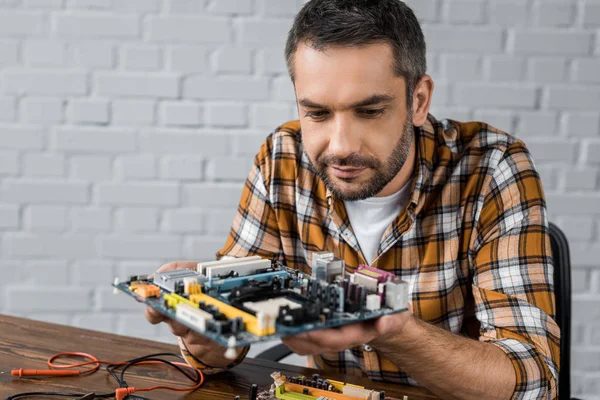Any electronic system must have passive electrical components in order to work. They consistently carry out their tasks in silence and are the unsung heroes of the technological world. They are crucial because electronic systems cannot process and transfer information without them. Almost every electronic gadget, from small toys to sophisticated computers, contains passive components.
They are essential for regulating the flow of electricity and may be found in components such as resistors, capacitors, inductors, and others. Passive components, which ensure that the appropriate amount of power is provided where it is needed, are also crucial to preserving the stability of an electrical system. All electronic systems require passive electrical components because of these factors.
As a fan of electronics, you are aware that passive electrical components may play an important role in any circuit. They provide the fundamental components required to make a circuit or gadget work, making them the unsung heroes of the electrical world. The fundamentals of passive electrical components are listed here for any DIYer.
- Resistor
A component called a resistor is made to lower the current flow in a circuit. The amount of current that can flow through a circuit is constrained when a resistor is added to it. This may be used to set a limit on the voltage as well as to assist in controlling the quantity of power that flows through a circuit. A circuit might get overloaded without the resistor and experience an electrical surge.
- Capacitor
A capacitor is an electrical component that stores electrical energy. It is often referred to as a “condenser” and consists of two metal plates separated by an insulating material. These plates will store an electrical charge when connected to a power source. This charge can then be released when the capacitor is connected to the circuit. Capacitors are often used to filter out high-frequency signals and to regulate the flow of current in circuits.
- Inductor
They can be employed as a component of a filter, oscillator, or transformer and are typically made out of a coil of wire coiled around a ferromagnetic core. Typically, an inductor will store energy as a magnetic field when an electrical current flows through it. When the current stops flowing, this magnetic field is subsequently released back into the circuit, allowing energy to be saved.
- Diode
A diode is an electrical component that allows electricity to flow in one direction while blocking the flow of electricity in the opposite direction. These passive components come in a variety of shapes and sizes, but all serve the same basic purpose. They are often used to protect circuits from damage due to currents flowing in the opposite direction.
- Transistor
A transistor is a specific kind of passive electrical component that controls voltage and current in a circuit. In order to regulate current flow, it normally has three terminals attached to a semiconductor material, such as silicon. Transistors are incredibly adaptable and may be utilized for a wide range of tasks, including switching digital signals and amplification of audio signals. Nearly all electrical devices, from basic home appliances to sophisticated industrial gear, employ them.



